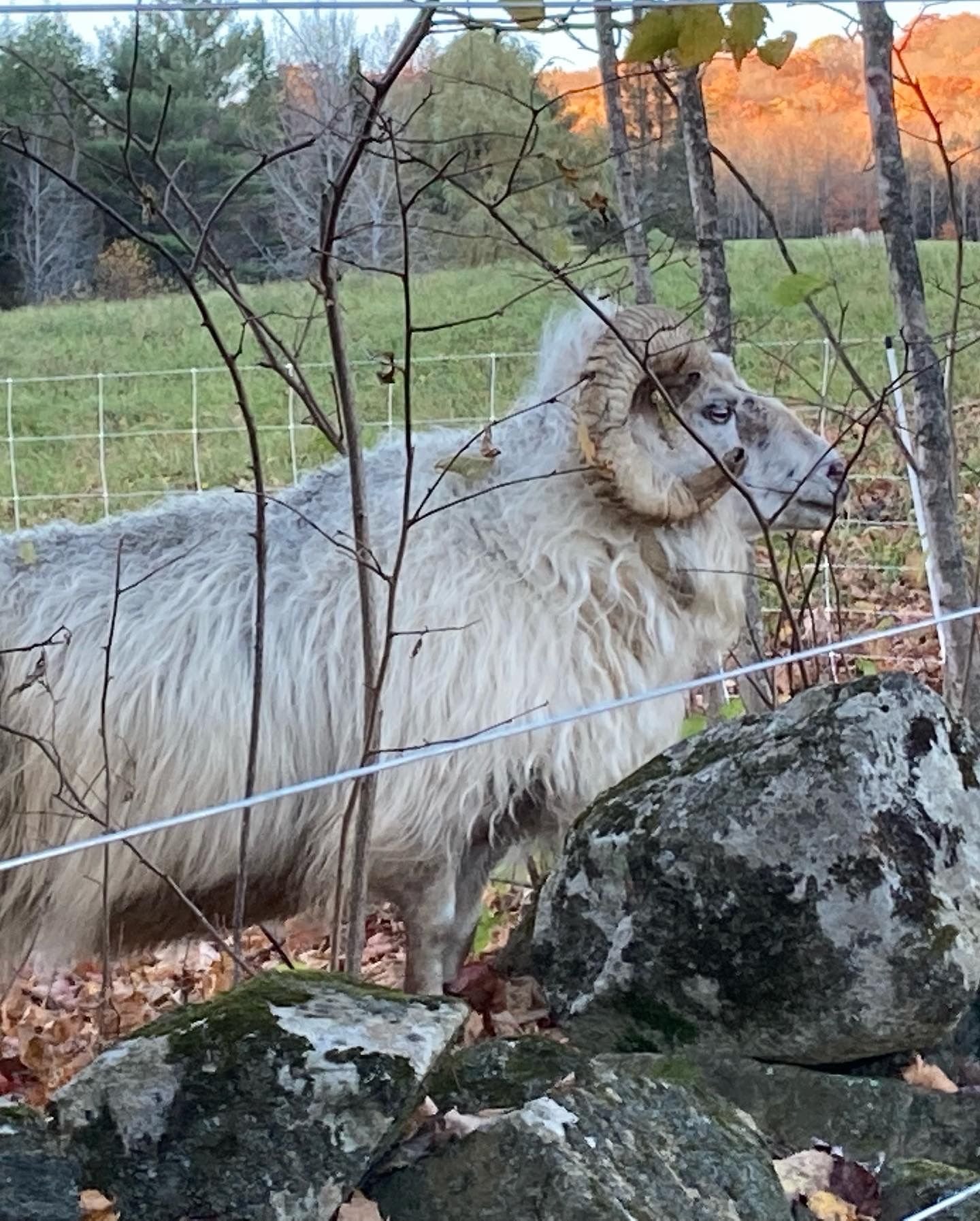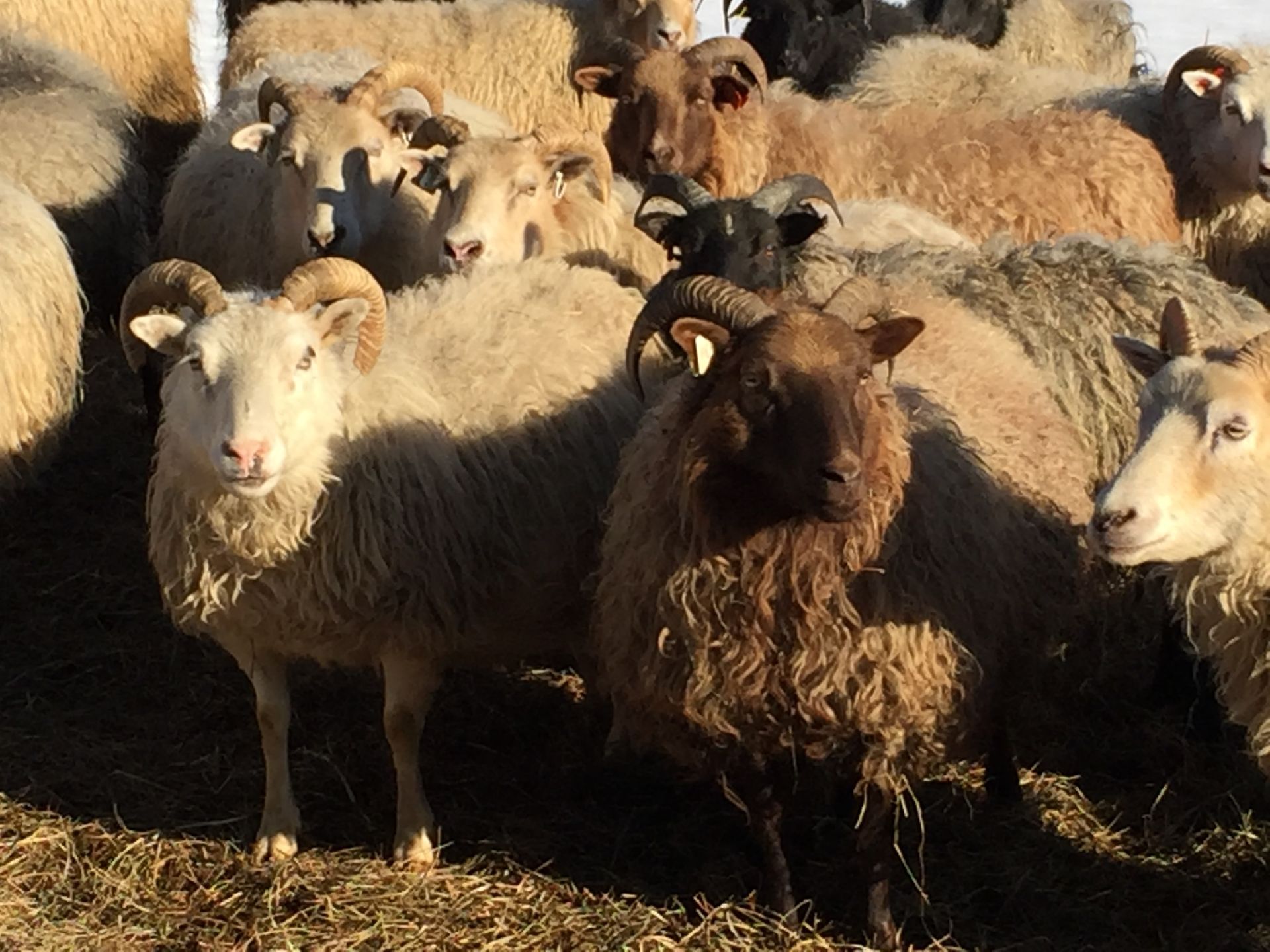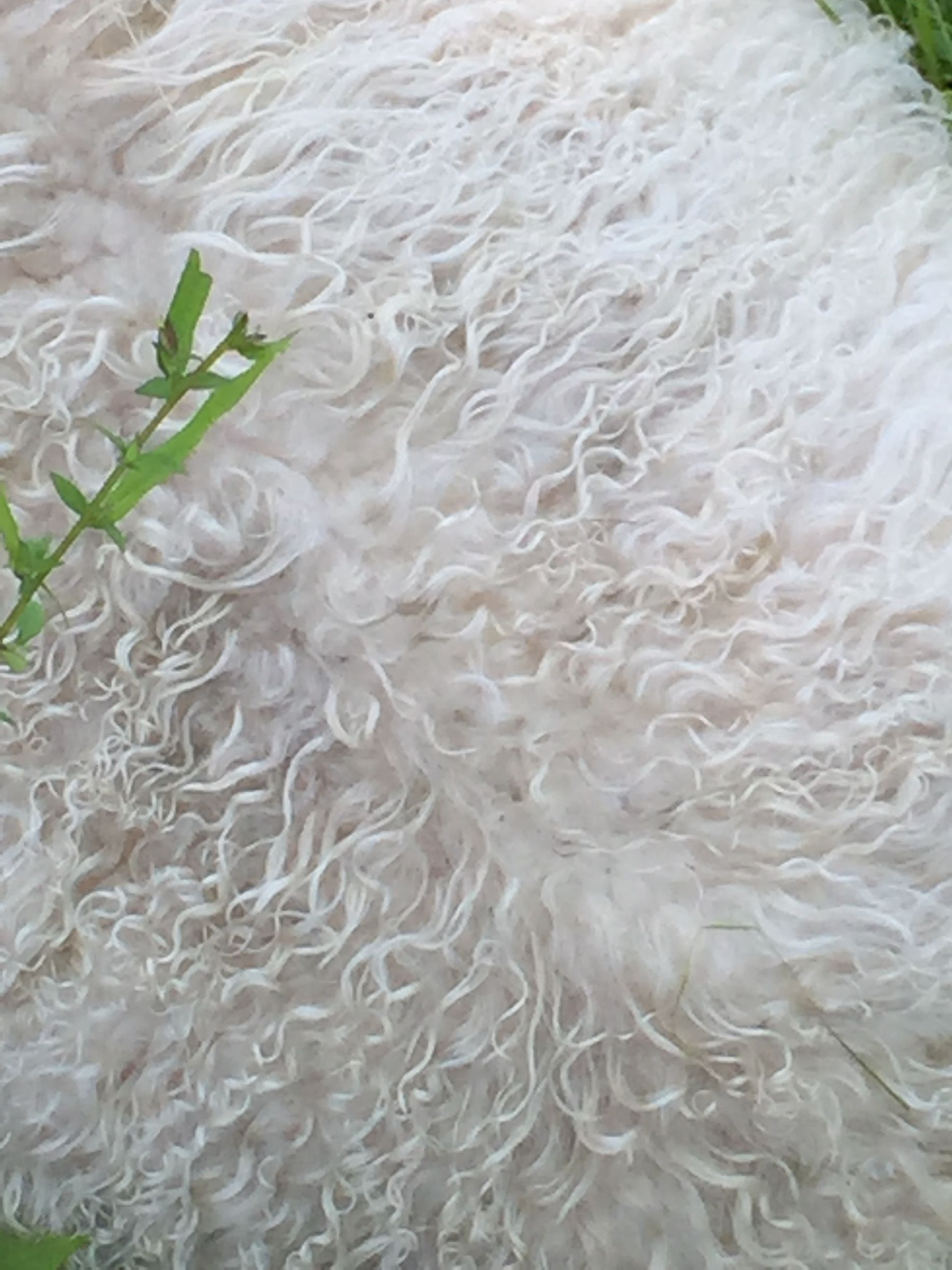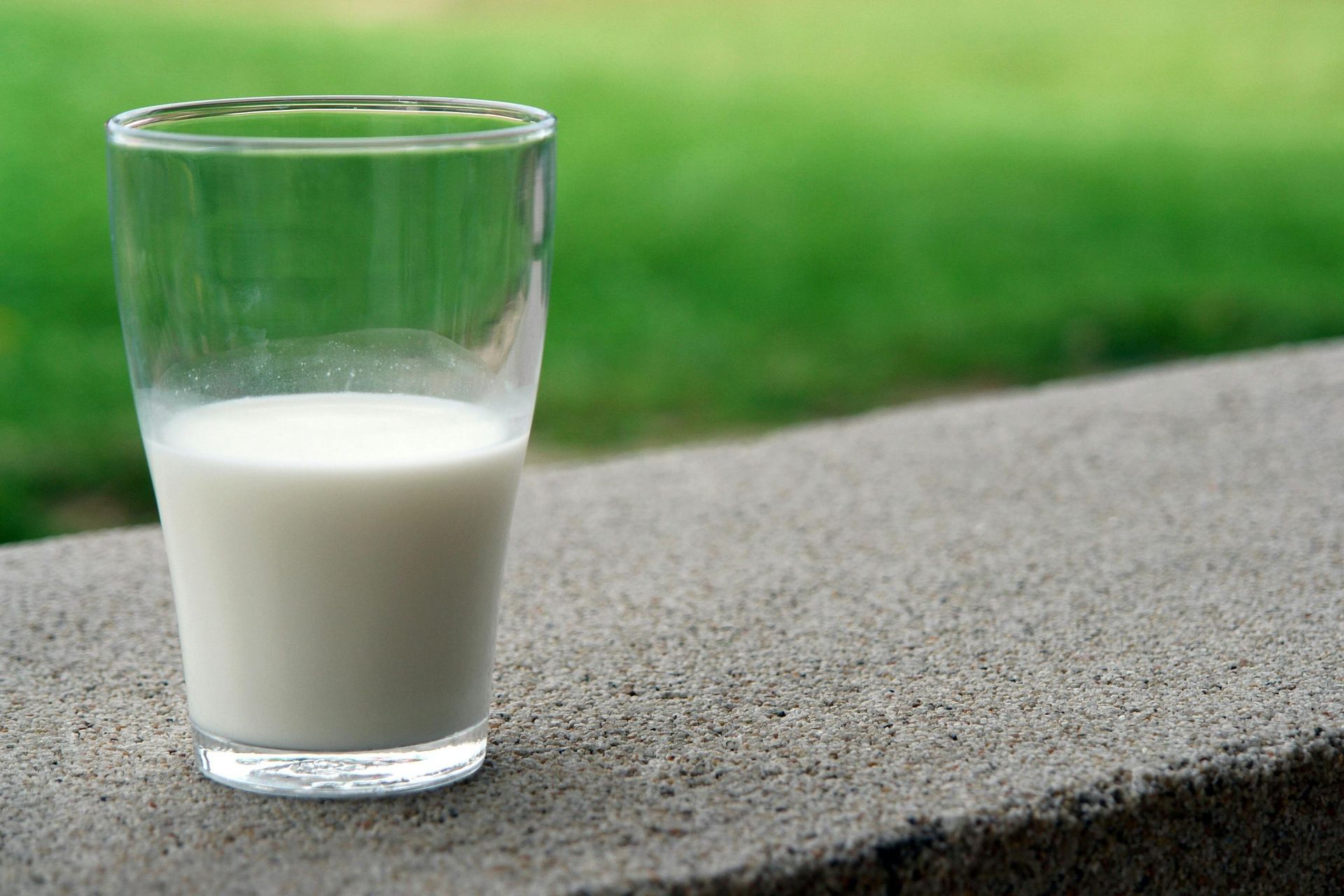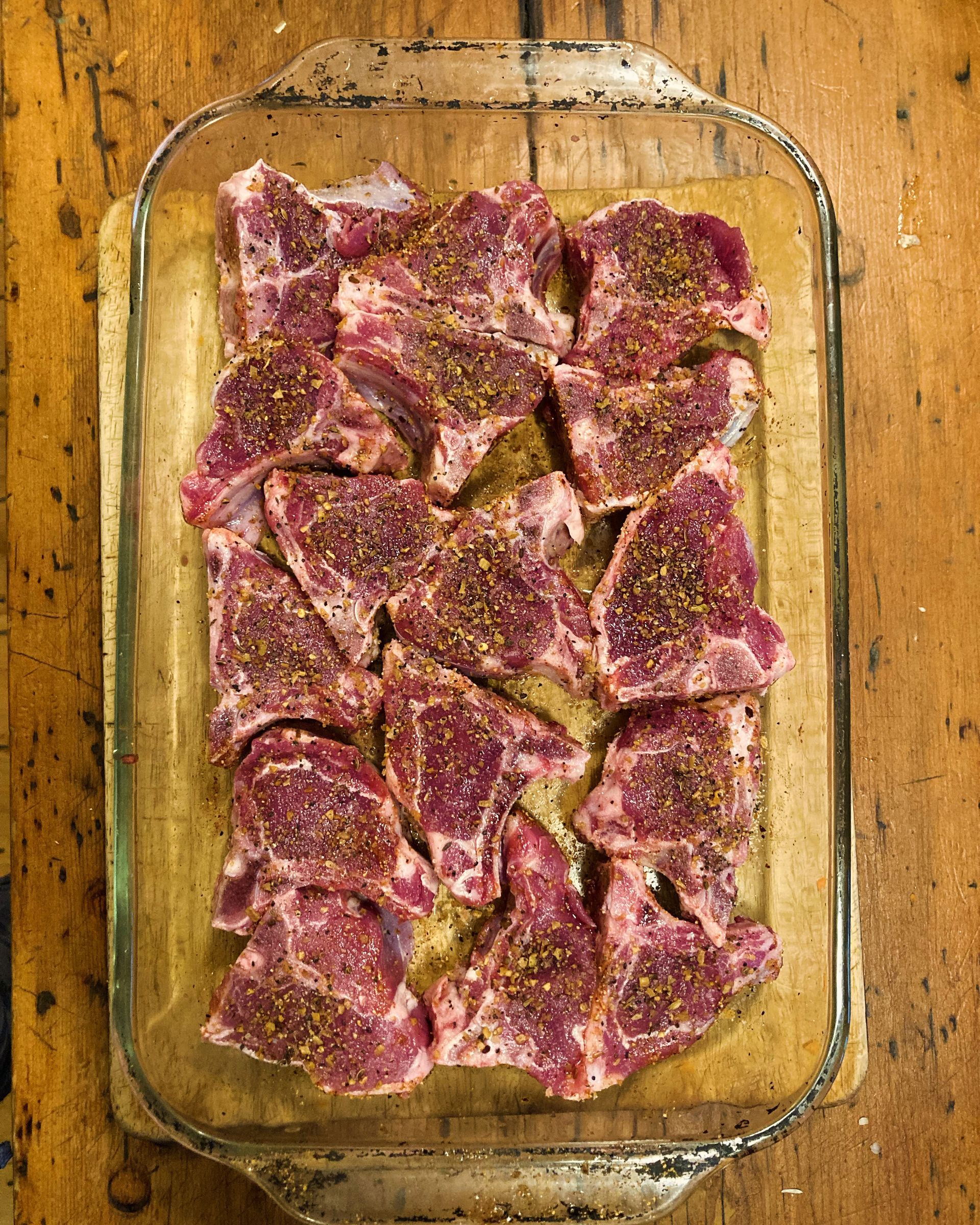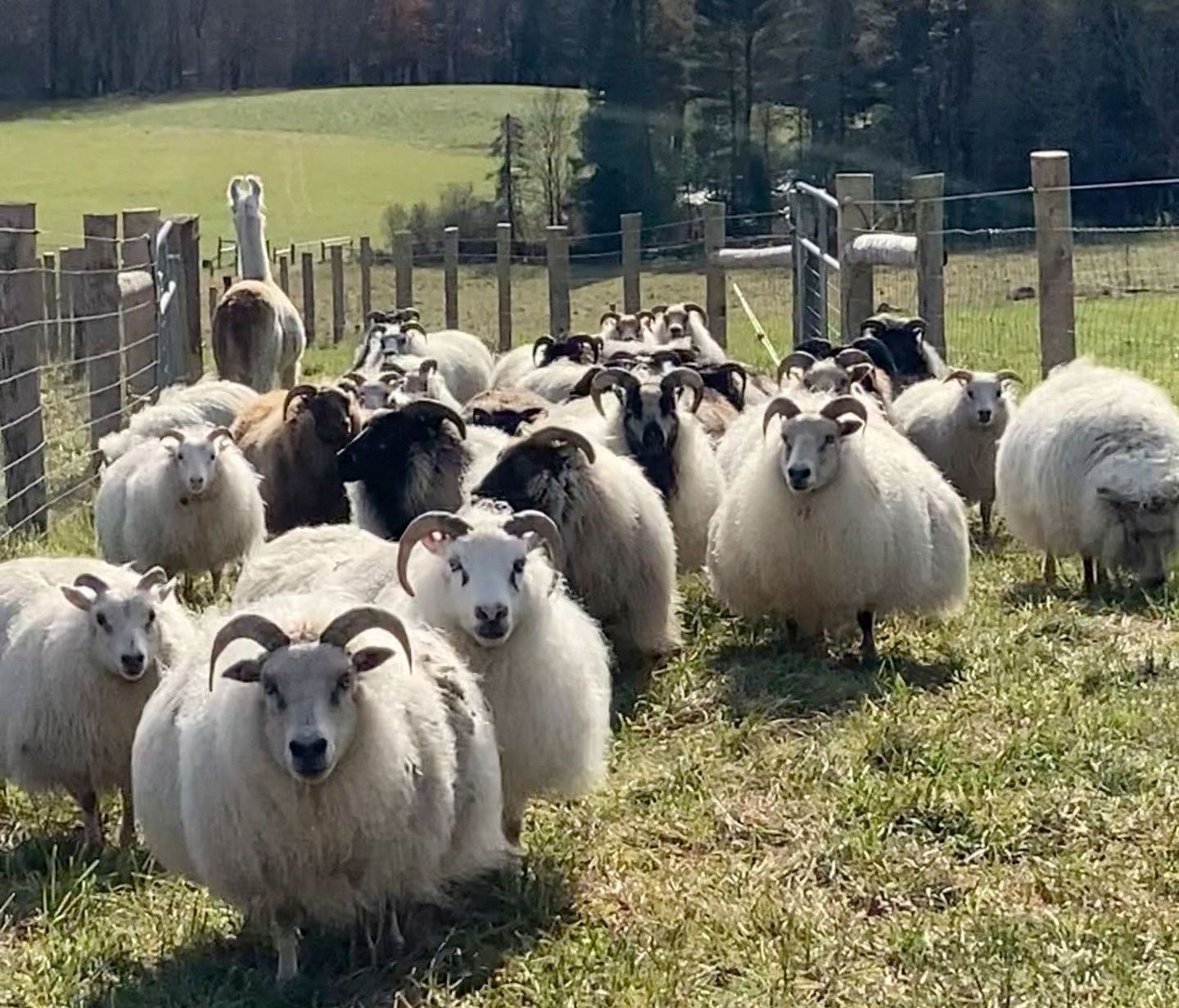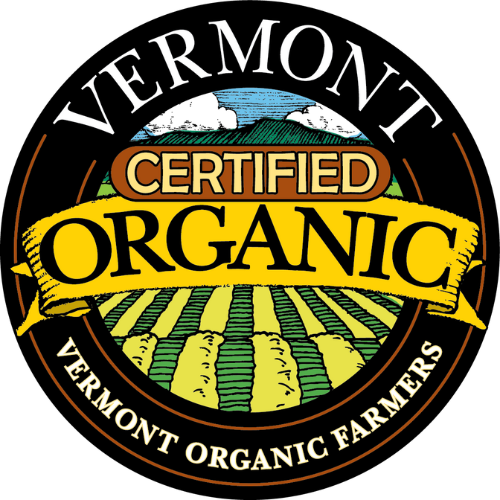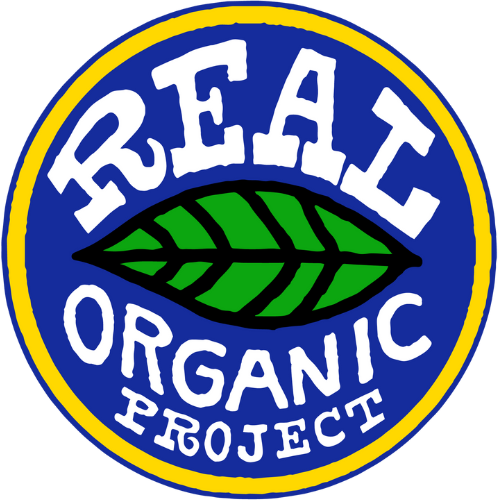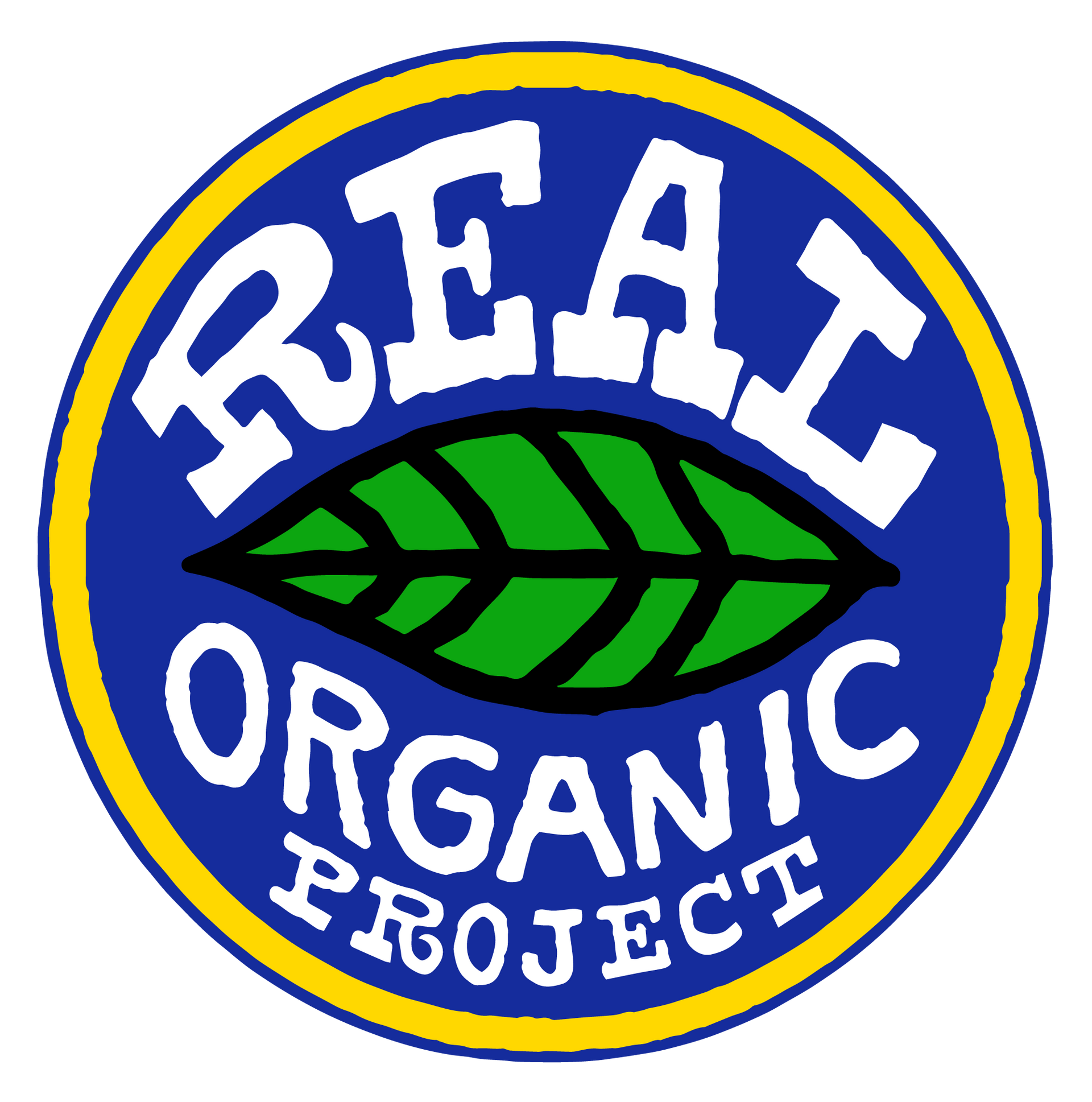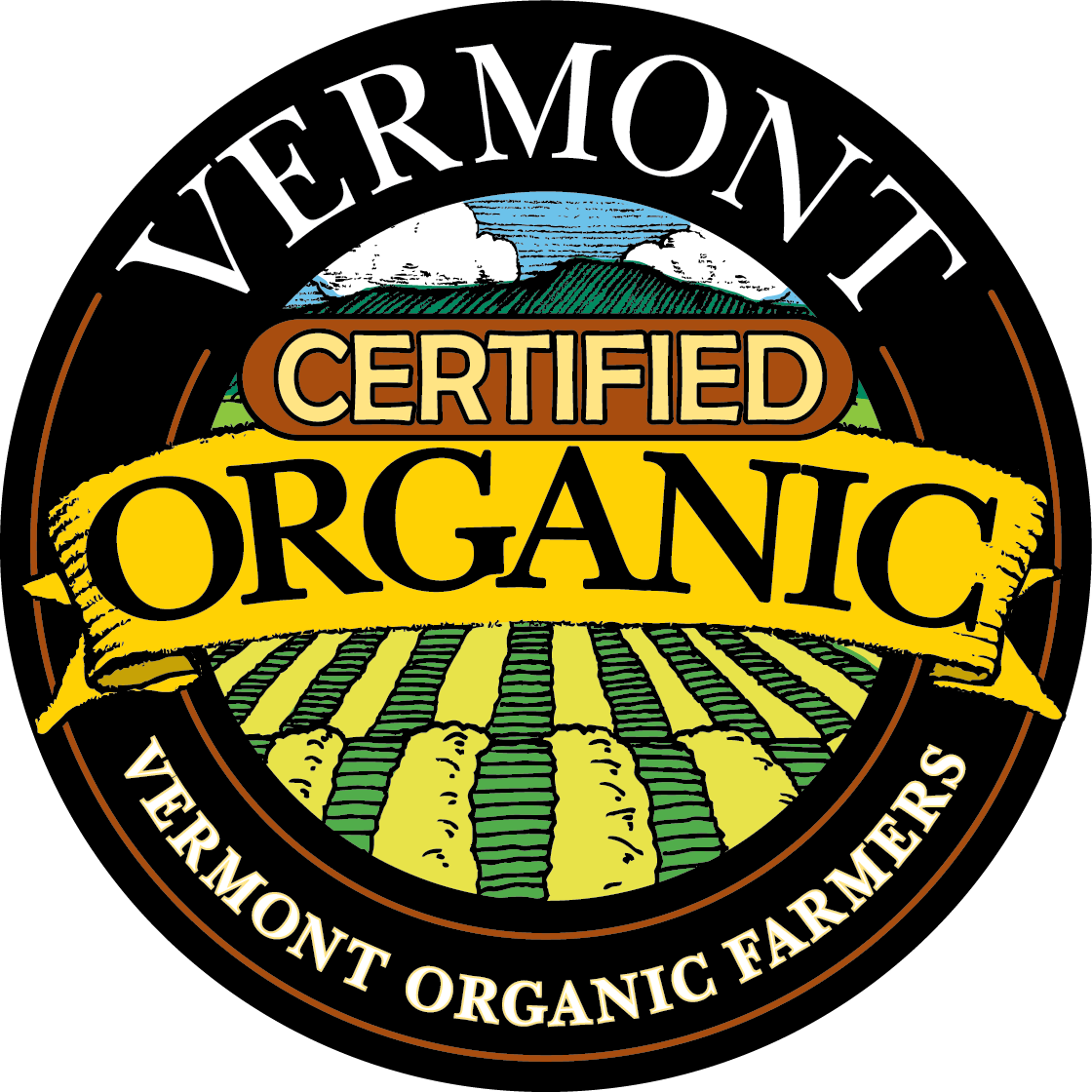March 25, 2025
We make our entire living without "off-farm" income, a rarity we are told. We do it with Icelandic sheep, a breed that has recently become available in the United States for the farmer / entrepreneur who wants an animal that fits management Intensive Grazing (MIG) and produces products that fill high value niche markets. This breed comes from Iceland where it has been raised in isolation for 1000 years and has provided meat, milk and fiber for the Viking and Celtic peoples that settled there. Today's Icelandic Sheep are not a remnant of years past but a viable commercial breed numbering 450,000 and are the only breed of sheep in Iceland. The animals provide 1/4 of the agricultural output and 50% of Iceland's meat needs. Products produced by this breed are known and marketed worldwide and are highly esteemed. The meat is light flavored and fine textured, has no "muttony" taste and is featured in 5 star restaurants. The pelts look like soft silky fox furs and top the world market, being used by the garment industry and interior decorators. The naturally colored dual coated fleece is made into the world famous warm and soft Icelandic sweaters and spun into Lopi yarn that has been Americas favorite knitting yarn for many years. In addition it is among the best fleeces for felting and is fast gaining popularity with felters and fiber artists. Icelandic sheep were also used as a dairy animal in Iceland up until 40 years ago as they are excellent milk producers. A farmstead cheese was made then call skyr. Because the breed was developed over 1000 years in isolation and had to endure severe subsistence living conditions, only the hardiest animals survived. The sheep were traditionally wintered over for 6 months on the equivalent of 2 small square bales of hay, winter grazing and that managed to survive and thrive were very healthy, hardy and disease resistant. Since the growing season is short in Iceland and hay scare, the sheep had to lamb in sync with the seasons. Lambing took place in May and a marketable lamb was produced by mid Sept./Oct. when the grass growth stopped. Since there was no extra feed to spare for lambs that needed more time to mature, the Icelanders selected for animals that would make rapid early gains. Since the breeding season doesn't start until mid November and the lambs reach marketable finish weight by Sept./Oct., then the ram lambs need not be castrated because they are butchered before the extra male breeding hormone adversely affect the flavor of the meat. Not only does this decrease the work load for the shepherd at lambing time by doing away with the lambing chore, but the extra testosterone produced by the "intact" ram lambs increase their daily weight gain naturally. Modern breeds of lambs , by contrast, are banded or castrated at birth because they take 7 to 12 months to reach finish weight and in this time, they cycle through a breeding season. If left intact as rams during their natural early breeding season, the meat would take on an unpleasant flavor. What does all this mean for the farmer/entrepreneur, and how does this fit into a MIG program? Livestock breeders are just rediscovering the value of having animals that produce in sync with their natural rhythms and the normal growing season, and what it all means to their bottom line thanks to the to decreased reliance on stored feed and additives (Stockman Grass Farmer!) . The early spring grass flush is the perfect feed needed for ewes in late gestation as it is high in protein and low in fiber. This means that it goes through the digestive system fast and so the ewe can eat more of it and obtain the protein and nutrients she needs. Because the lambs take up a lot of space in her body cavity, it is important that she has this fast, high turnover of high quality feed. The Icelandic ewe has a huge rumen and is able to utilize this high quality but water filled spring growth. In comparison, modern breeds that have been developed by feeding heavy amounts of an expensive grain, lack the rumen capacity needed to thrive on grass alone and are therefore grain dependent. Icelandic sheep are aggressive foragers that graze longer and forage widely, utilizing all of the available pasture. They do not generally lose body condition even during the hot humid temperatures of summer. The ewes and lambs will graze during the night to make up for shading up during the hottest parts of the day. We get temperatures of 100 to 104 degrees with up to 77% humidity, intermittently during the summer here in Miles City, Montana. There was no grain raised on the island nor was any imported for animal feed, so the sheep had to be able to produce and thrive on grass and hay alone. From this harsh environment, there developed a 160 to 200 pound short stocky, well muscled, medium sized sheep that would lamb in the spring on grass, milk heavily so that lambs would grow fast, and them make rapid weight gains as soon as the lambs were weaned in the fall. In order to achieve this, the breed developed very large rumens in order to process increased amounts of forage to meet the needs of the ewe and her lambs. They also developed aggressive and tireless foraging habits. The breeding season for these sheep starts in mid Nov. and is spaced nicely to give the ewe 2 months between weaning time and breeding time, in order for the ewes to regain their ideal body weight and be in a good condition to conceive. I celandic sheep also developed a long warm, fine, soft, dual coated fleece to combat the cold windy, rainy, snowy climate. The long outer fiber is strong and wear resistant, not unlike mohair and sheds rain and dirt well. It is not subject to much damage from rain and sun. The soft downy undercoat provides loft for the outer coat and keeps the animal warm and dry. The fleece comes in a wide range of natural colors and patterns including blue black, inky black, brown black, snow white, cream, tan apricot, taffy, coffee, chocolate, dark chocolate, silver gray, lilac gray, blue gray, champagne and oatmeal. In addition there are parti-colored or "pintos" as well as those that have an undercoat of a different color than the outer coat, which produces a true tweed yarn. No other natural wool fiber has as wide a color range and such versatility. The two different fibers can be spun together to produce a yarn that is similar to a mohair/wool blend and can be used in sweaters/socks and outer garments. The easily separated outer coat called tot was used by the Vikings for weaving their sails, tapestries, rugs, rope, saddle blankets, boot coverings and embroidery thread. The soft fine undercoat called thel, was used for soft next-to-the skin wearables, baby clothes, underwear and fine fancy work. The wool was also made into a wide range of felted items, from hats to mittens and boots. The combination of long strong fibers and short fine ones as well as a fast felting time makes this one of the worlds best felting fibers. Icelandic lambs make fast early gains on their mothers excellent milk supply. Since young lambs make the most efficient gains at an early age, having an abundant rich milk supply from their mothers allows them to gain weight very fast (3/4 to 1 pound/day). They are ready for market in 4 to 5 months at the exact time of year that the grass growth slows to a halt in the fall. This allows the MIG farmer to sell the lambs at that time in order to save valuable stockpiled or stored feed for wintering the ewe flock instead of growing out the lambs on this feed. Gains made on grain or stored feed (hay, silage) add to the cost of gain considerably. The lowest cost per pound of grain is for animals harvesting rapidly growing pastures mixtures (clover, grasses, forbs). So an Icelandic market lamb that has made all of his gain on grass harvested by his mother and by himself is the most profitable. Icelandic market lambs finish at 90 to 110 lbs. in 4 to 5 months on good pasture and mothers milk alone. No creep feed needed. Rams are extremely fertile, have a high libido and easily settle their ewes. We consistently lamb out 99% of the flock in a 20 day period. Icelandic ewes are early maturing and can be bred to lamb as yearlings. We get a 129% lambing rate on yearling ewes. These sheep are long lined and can produce into their 13th year. One farmer we met in Iceland told us of a 16 year old ewe in his flock that had produced twins every year of her life. At age 16 she produced a single and he culled her! The ewes are reliable twinners, occasionally producing triplets. The national lambing average is 182%, our adult ewes produce 204%. Ewes don't need flushing to let down at least 2 eggs during the breeding season but have a gene similar to the Boorula-multiple-birth-gene that automatically causes multiple eggs to be produced and let down. While extremely prolific breeds that produce 3 or more lambs are attractive from the standpoint of multiple lambs produced per ewe, the lambs from these births are smaller and take a higher amount of management skills, barns, labor and feed. In addition, extra feed and time is also needed to get the lambs to market weight. These triplets, quads and quints take longer to reach a finish weight and don't fit into the general growing season and therefore are unsuitable for efficient least cost MIG. Icelandic sheep by comparison, reliably produce 2 good strong lambs that are pasture lambed with little or no assistance and reach finish weight during the normal growing season and so are therefore suitable for large low input, low maintenance flocks. Icelandic ewes have a 5 day shorter gestation period and therefore produce a smaller sized lamb. Ketosis and foot rot are unknown, prolapse is rare. Hundreds of years of a harsh survival environment have eliminated the weak ones. In addition, the North American flock is scrapie and Opp free. The smaller 5# to 7# size decreases lambing problems. The lambs are also vigorous and jump right up and nurse minutes after birth. Their naturally short tails means no tail docking is needed. Pasture lambing is well suited for this breed. Simple shelters are all that are needed in case of bad weather. No lambing jugs nor all night vigils needed. The shepherd can get a good nights rest and be prepared for the next days work. When left to themselves, most of my Icelandic ewes lamb at first light. By the time I arise in the morning, the lambs are newly born. The sheep are easily trained to electric fence and are easy to contain. They are not generally fence jumpers. I go and do a quick pasture check to make sure all is well. After breakfast, I return to the fields to eartag, clip the navels and feel the lambs tummies to make sure that they have eaten. I don't strip teats and rarely have a problem with plugged teats. Ewes that are having problems will usually let you quietly approach and help out. Rarely do I have to assist. The ewes are excellent mothers in every way. Rejected or bum lambs are rare. So what are the drawbacks to this breed? The high initial cost of $500 to $1,000 each is the main drawback for most folks. The high price reflects the rarity of the breed right now in this country. While this is a hefty price, you can expect to sell the offspring at a similar price. Since the ewe lambs breed their 1st year, you can expect to have lambs to sell within a years time. Most producers have gotten their investment back within 1 to years. All Icelandic sheep breeders were sold out last year! Eventually however, the price for breeding stock will go down as the numbers come up. The sheep however will still be highly valued as they will be able to out-compete modern grain dependent breeds. If you don't have enough money for a purebred flock, you can still breed Icelandic traits into your flocks by buying and using Icelandic rams on your commercial flock. Those who have done so have had rave reviews and are realizing good profits from breeding stock (crossbred ewes), colorful fleeces, and fast growing vigorous crossbred lambs. Because this is a breed that is unknown to the commercial buyers right now, the Icelandic lambs sold at the sale barn for meat may bring a lower price. However, one woman has been selling her extra lambs this way for quite a few years and found that at first she was docked in price for her lambs. Eventually she started to get a premium price from the buyers when they realized the quality of the carcass. Because Icelandic sheep have small round bones, they yield a higher meat to bone ratio. The lambs give a 49% yield. Likewise commercial wool buyers are not very interested in the Icelandic fleece and so this is not a good market for the fleece. Instead, direct marketing is the way to go with this elegant soft colorful fiber. What opportunities are here for the entrepreneur? As always, the most lucrative way to market your products is to sell them directly to the public. Meat can be sold to consumers at farmer markets, restaurants, health food stores, food booths at the county fair and mail order via the internet. You receive all of the middle mans profits for your efforts. Direct marketing takes new skills but is enriching, rewarding and gives you quick feedback as to how your product is received. You also get ideas for new products from your customers. I now offer ram testicles, kidneys, tongues and smoked lamb as a result of customer inquires. One Icelander living in the U.S. wanted a single whole head, a product that is very popular in Iceland. Entrepreneurial skills are also needed to direct market your pelts and fiber. These skills are not hard to learn, it just takes doing it! The lovely soft lustrous pelts almost sell themselves. The wool can be sold mail order through spinning magazines, by being a vendor at a Fiber Fest or via the internet. This lovely colorful versatile fiber is fast gaining popularity with hand spinners, weavers, and felters. The raw fleece brings $5 to $8 per pound for adult fleece and $15/lb for lamb fleece. Adults produce a total of 6-8 lbs/year. Because of the low amount of lanolin, this is equivalent to 8.5 to 11.3 lbs of raw fleece from a commercial breed where 1/2 of the weight is in the lanolin. The sheep are sheared 2x/year with the clean fall clip sold to spinners and the spring clip processed and sold to felters. Icelandic sheep give you so many ways to go in product marketing. First of all your ewe will usually have twins. I expect to get $100 profit from the meat and $55 profit from each fleece or pelt. ($155/lamb x 2 lambs = $310) You can pasture 5 to 7 ewes and her lambs on the same amount of pasture/hay that it takes to support 1 cow and her calf. that cow's calf may sell for $400-$600. Compare that to the potential from 5 ewes that would yield $1550. Now, I can value add that fleece by making felt hats that we can sell for $100 to $125 each. The 4 pounds of lamb fleece will yield 2.68 lbs of cleaned carded fiber which will make 5 hats. (5 x $100 = $500 x 2 lambs = $1,000) for the fleece from 2 lambs and $200 profit from the meat = $1,200. Income form 1 ewe! In addition, her fleece pays for part of her winter hay. It would not take very many sheep to support a farm family if you value added the fleece. You can also value add the meat by setting up a food booth at your county fair and use your lamb in shish kabobs, lamb pitas or the like. We got in the hat business quite by accident and public demand. My husband is a hat person. he has a collection of his 100 "essential" hats that he wears daily, some of which he has designed and made himself. When he discovered how easily the Icelandic fiber felts, he was eager to try and make a hat for himself. After a few attempts, he finally made one that suited him using a 100 year old top hat mold. He started wearing the multi-colored hat to town and got so many folks wanting one that he made a few for sale. He now makes hats in the winter months and is usually sold out with little or no marketing. If you want to see what they look like you can visit out web site www.icelandicsheep.com . The Icelandic sheep wool felts quickly in 20 minutes or so unlike fiber from other breeds that can take up to 2 hours to work up a finished product. Some other products that we are exploring are spinning and felting videos, semen sales, customer yarns, sheep note cards, wool socks, felted vests, boots, mittens, rugs etc. , marketing the long outer coat and inner fibers separately, horn buttons and knife handles. I know of no other breed of livestock that is more well suited for management intensive grazing and has more opportunity for income profits coupled with low maintenance, low labor inputs and for making a living from the farm. We are grateful to be doing just that.
